Drought 2018 - What's happening on farm: August
Wednesday, 8 August 2018
The heat wave and resulting drought is continuing to affect farmers across the UK. Following our initial conversations with farmers in July, we caught up with a few more farms from our Farm Excellence network to find out how they're coping in the hot, dry weather.
David Barton, Strategic Beef & Lamb farm, Gloucestershire
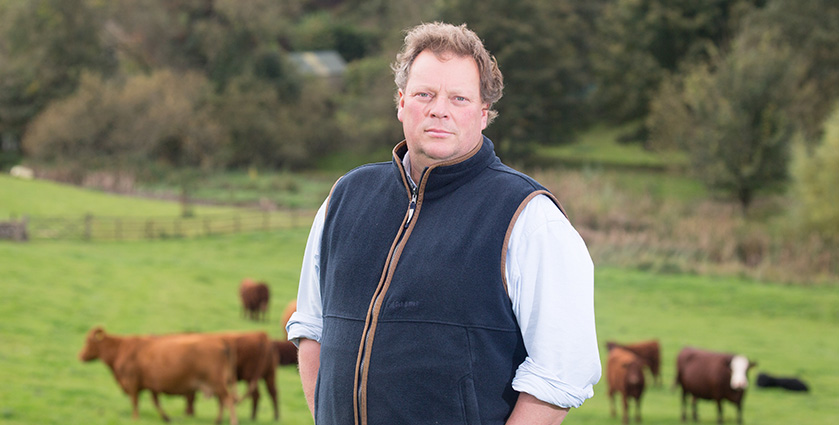
"We've managed to finish harvest early this year and now our biggest challenge is looking like forage availability. We've been feeding our winter feed for three weeks now and I've already had to look at buying hay locally.
"With the beast from the east earlier in the year, we don't have anything left in our barns at the moment as a backup and have only taken two cuts so far. We're going to have to rely on looking for alternative feed if we do run low of forage and this is something that is worrying me.
"While I don't have an answer that will solve anything for now, we are forward planning and having to make decisions that will reduce the impact the drought may have in the winter. We're considering weaning cattle earlier in September to reduce the demand on the cows and potentially looking at finishing a group earlier. To do this, we'll have to focus on hard feeding which could have a high cost implication. We also normally rely on stubble turnips in the winter. At the moment the ground is too dry to work but without a good established crop of turnips we will struggle."
Mark Jelley, Strategic Farm Beef & Lamb, Northamptonshire
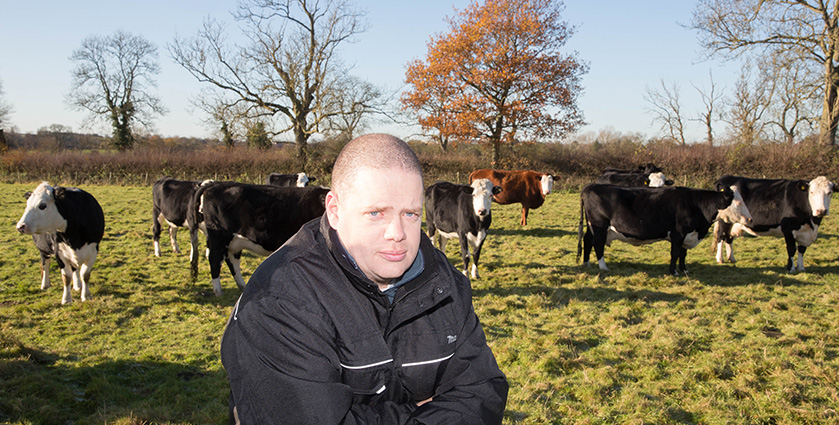
"The little rain that we had 10 days ago doesn’t look like it’s been enough to make a big difference at this stage. On the arable side we’ve nearly finished harvesting our wheat – yields are slightly below average but quality is very good. Straw yields are up, which is fortunate as we use this as feed and bedding in the winter.
"Our system is quite resilient compared to most. The cows are fed on ad-lib straw and rape meal for protein. We have plenty of straw but I’m concerned that the cost of rape meal is rising. We’d usually buy a lorry load around July for November delivery but the cost has gone up around £50 per tonne. We still have a supply from last year but I’m unsure to whether this will last the winter without adjustments to the ration.
"We’re now thinking about early weaning in September to reduce the demands on the grassland. I’m also considering letting the cows graze the grass margins that are not in stewardship in the arable fields to supplement our grazing. The little rain we had may have stopped considerable damage but we aren’t seeing any regrowth in the fields as of yet and this may still mean we need to consider reseeding pastures to help them recover."
Matt Blyth, Challenge Sheep farmer, West Sussex
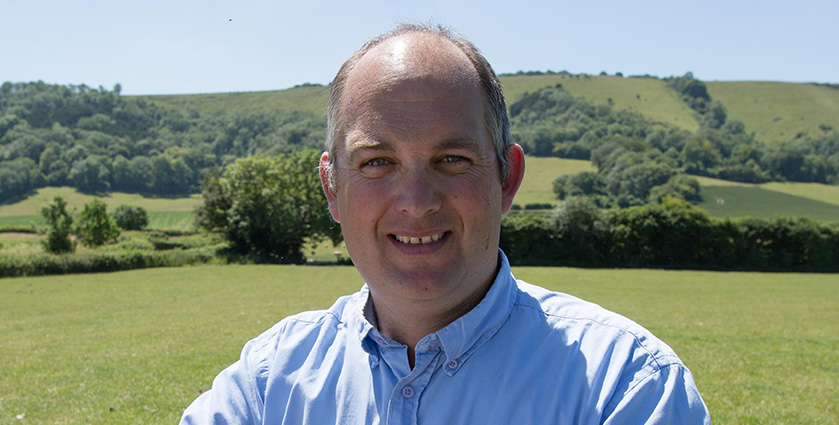
“We’re currently supposed to be at around 2000 kilos of dry matter /Ha but we’re down to about 1500 kilos. The knock on effects of this is something I’m having to look at now. My Farmax software shows that it may challenge us right up until April 2019 when covers might be normal again.
“Due to the shortage of grass we’re having to buy in concentrate to feed the lambs which isn’t something we would normally have to do until Autumn. We also can’t lower stock numbers either as currently nobody is buying stores. We’re having to look at how we feed the ewes and make sure they hit Body Condition Score as if they don’t, it will have an impact on the next crop of lambs.
“We’ve noticed that DLWG is low on those that are grazing out in the sun all day, whereas those that are grazing at night are cool. Ahead of winter, we’d forecasted that we could have had a drought and already have 100 bales. It’s last us about two and a half weeks of the ten weeks that we house. Measuring and Monitoring is the only way we can predict what is going to happen and make sure we think of scenarios to plan going into winter.”
Phil Kinch, Strategic Dairy Farm, Oxfordshire
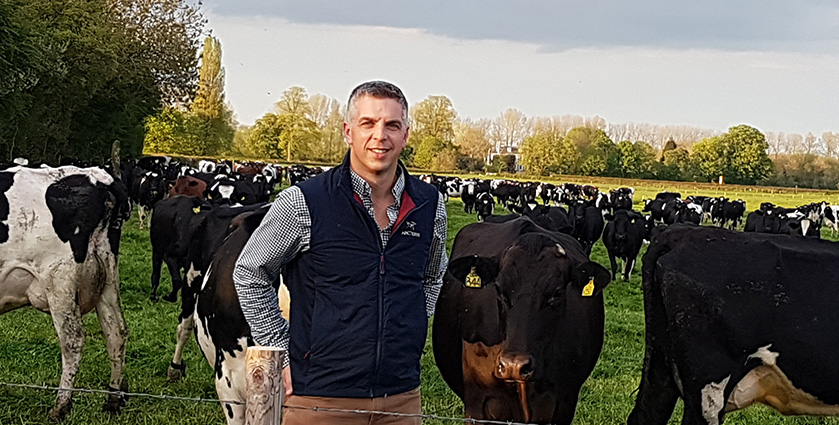
"Like everyone else we had a wet start to year. We normally turn out in mid to late February, but this year it was 7 April so we’ve being playing catch up ever since. Grazing pretty much finished by early July when we started feeding silage in the paddocks to bridge the short term gap before drying the last of the cows off on 19 July.
"We’re trying to make sure we have enough food for winter and whole crop is our preferred option as it’s cheaper for us to take off the arable rotation than buy in. Our maize got off to a great start as we saw the first leaf on 1st June and it was mid thigh by 1 July. Right now, it looks great from the road at over seven foot, but get into it and there are a few concerns with root lodging, failed plants and cracks.
"The farm runs adjacent to the Thames so we have lots of river meadow and leys that we can’t improve. We’re good at growing grass in the spring but not so much in the summer so autumn calving suits us and while it’s tough for us with the current conditions, I really feel for the spring calvers who are reliant on grass growth."
Richard Tucker, Ditchetts Farm Devon
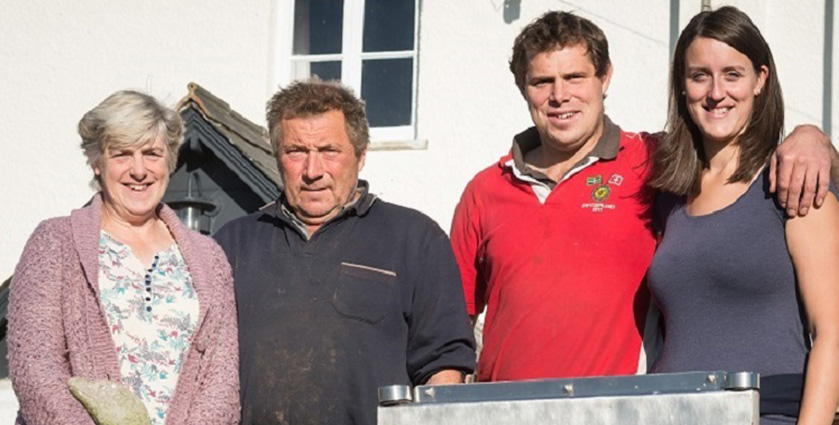
"We are now feeding, per day, around 6 tonne of first cut silage when we wouldn’t normally be feeding any silage at all at this time of year. The pit is nearly half empty and would normally need to be full to see us through the second half of winter and early spring.
"We had a late start to the year with it being so wet so we kept cows in for longer in the spring which meant last year’s supply of silage buffer stocks were all used up and now this years is disappearing fast. We dug a hole in the field and in the 18” of top soil there was no moisture to note, so we will require a good 4-5 “ of steady rain to replenish the soils before we’ll get any significant grass growth. Growth is currently in the low teens at best compared to our 5 yr average growth for this time of year being in the low 70's.
"The silage plus 6kg of concentrate in the parlour (compared to 1 - 2 kg/day normally) is maintaining yields at 1.5kgMS/day, but monitoring and maintaining cow condition is the number one priority for us during this period, as having under conditioned cows going into winter coupled with minimal silage reserves would have longer term implications for next season. Quick calculations put the cost of the difficult spring and now the dry summer at around 5ppl extra on our cost of production for the whole year. Here's to hoping mother nature finally comes good so this figure does not rise any more. "
Guy Prudom, Strategic Farm, North Yorkshire
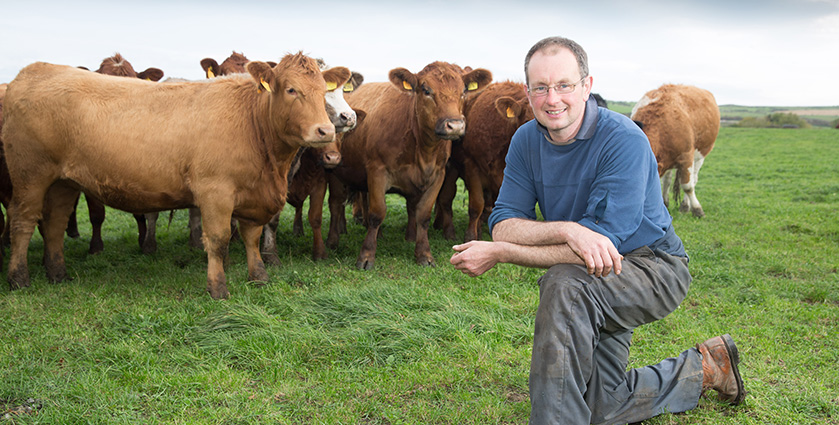
“We had a terrible spring with the beast from the east but we’re now finding we’re coping well with the hot weather. Being near the coastline means we tend to get some moisture from sea, which has been a saviour.
“We’re still rotational grazing at the moment and there is good grass in front of the cattle. We applied a little bit of nitrogen a couple of weeks ago when we had some rain but nothing since.
“This year, to reduce the feed demand, we’ve taken the decision to finish cattle earlier. We’ve now brought in a group of 30 and have them on a finishing ration for eight weeks.
“We’ve spent the majority of the last 10 years sub-soiling and making sure our soil profile is right – this looks like it might have paid off!”
Verity Garrett, Strategic Beef & Lamb Farm, Kent
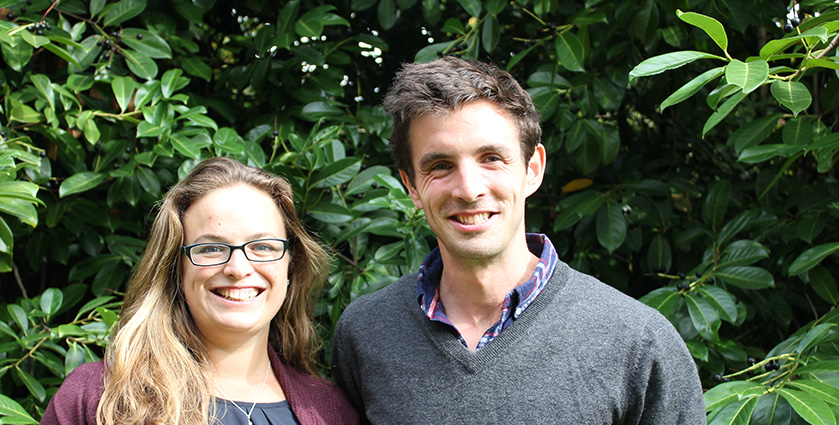
“In Kent we’re used to having prolonged dry periods in the summer, so we’re quite prepared. With the Sussex breed we’re lucky that they have good feed efficiency. We had some maize left over this year and decided to keep some of the finishing cattle housed, feed them the maize and get them finished earlier than usual to reduce the demand for feed on farm.
“Thinking ahead to winter, we’ve been quite lucky that our neighbours have let us bale some of their straw. We’ll need to see what the maize yield is like this year for feed, but we may have to buy in concentrates or be clever with the maize-to-straw ratio.
“As it’s so dry this year, we’ve unfortunately suffered with fires and have lost a field of arable land. There are particular fields where we cannot now keep livestock due to the dry conditions and the risk of arson. Along with the shortage of grass we have also had natural water sources dry up which we rely on for the animals to drink from. This means we are having to transport water to portable tanks in the field which is a big extra work load.”
Topics:
Sectors:
Tags:

